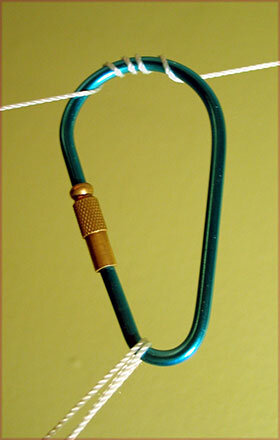Updated January 11, 2023
Reading Time: 3 minutes
Evolving Pay Per Click Measurement
The ability to tie online advertising to conversions is essential to understanding the performance of marketing campaigns. But as the sophistication of smartphones (and of Google’s AdWords) have increased, the value of online marketing has grown from just a tool to promote online sales, to one that can drive in-store sales. Linking virtual behavior to real-world activity may still seem a little far-fetched, but Google Facebook and Twitter all have options to create hyper local advertising campaigns.
How Will AdWords for In-Store Sales Work?
Tracking smartphone locations to determine consumer retail movements is nothing new. Google have been doing it since 2014. However the level of sophistication has greatly increased since then, along with the number of people carrying devices that can be tracked. Google can now tie in your movements to online ad exposure, drawing a correlation between AdWords and in-store sales, based on your search history, device location and any other data they can determine from your behaviour while using their various different services (Search, Google Maps, Gmail and Youtube will all report your location when you use them).
A story in the Wall Street Journal during the Spring of 2014 noted that Google was extending its testing. The search engine company partnered with data experts, Acxiom and Datalogix, to develop programs for tracking real-life retail activity. One area of interest centered around anonymous cookies. Basically this means they will never put a name to the conversion. So your data will be bundled up with other customers who have done the same as you and then reported back to the advertiser. According to the report, Google looks to match information from those cookies with information maintained in store databases to draw correlations between marketing efforts and in-store sales activity.
Impact on Businesses
Google claim that 90% of sales still happen in stores, so using finding a way to use AdWords to drive foot traffic is very important to Google. They claim that they have already driven 1 billion customers into stores from their ads, but currently not all AdWords users can measure their in-store visitors on the platform.
As with a website visit, and in-store visit doesn’t always equal a sale. So finding a way to add this data into the sales funnel is key. Visiting a store is just another step along the line to a purchase. Especially with large value items like cars, or electrical goods.
So far the ability to view in store visits on your AdWords dashboard is limited to certain customers. But Google are planning on rolling it out to all users eventually. If you think you might have it already you should add the “All conversions” column in your AdWords, as this is where the data will be put.
Would tracking in-store visits be useful to your business? Do you think your ads drive more footfall than they drive website clicks? We’d love to hear your thoughts.
photo credit top: Joel Kramer
photo credit body: G F


 What is Negative SEO?
What is Negative SEO?